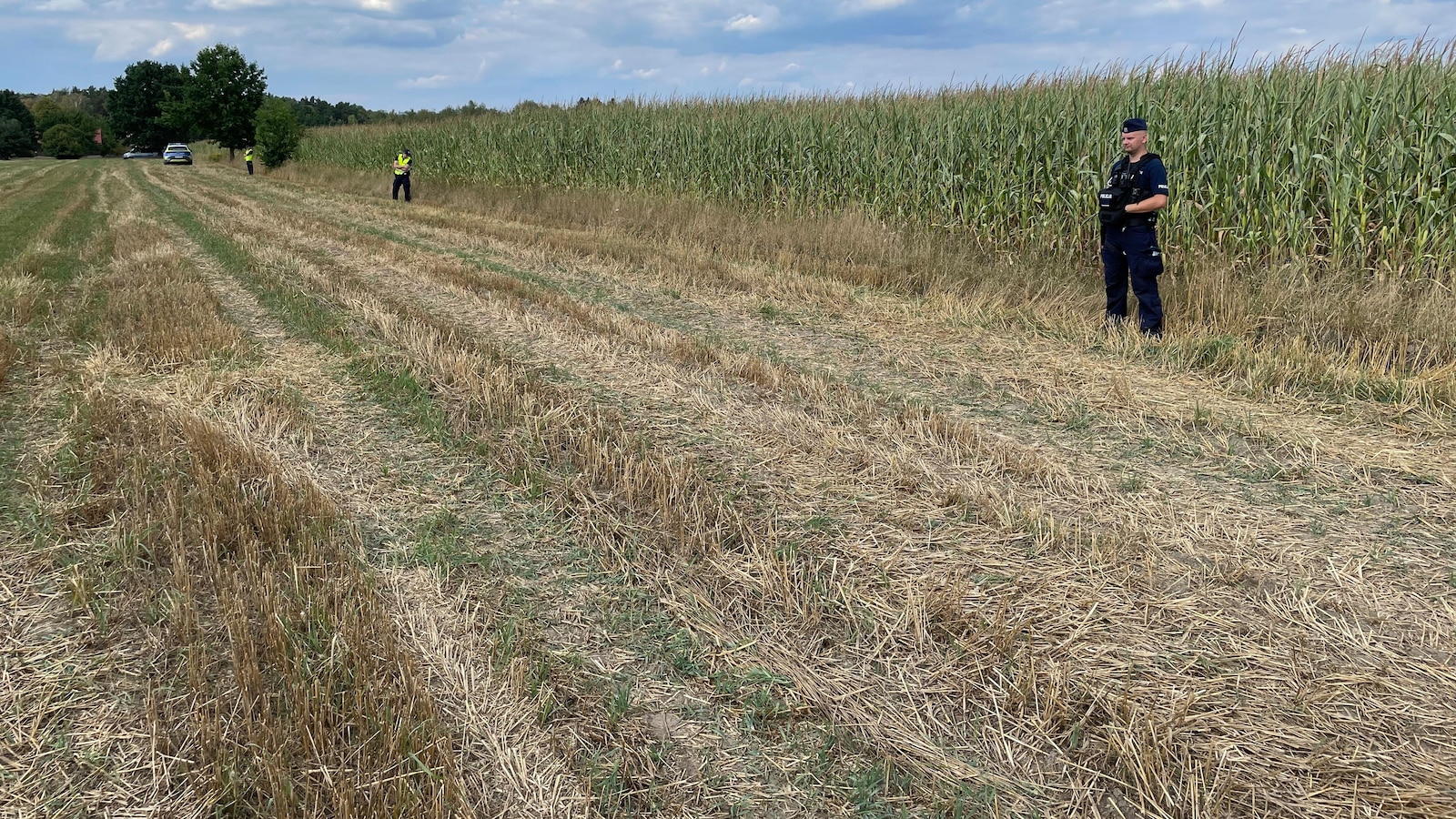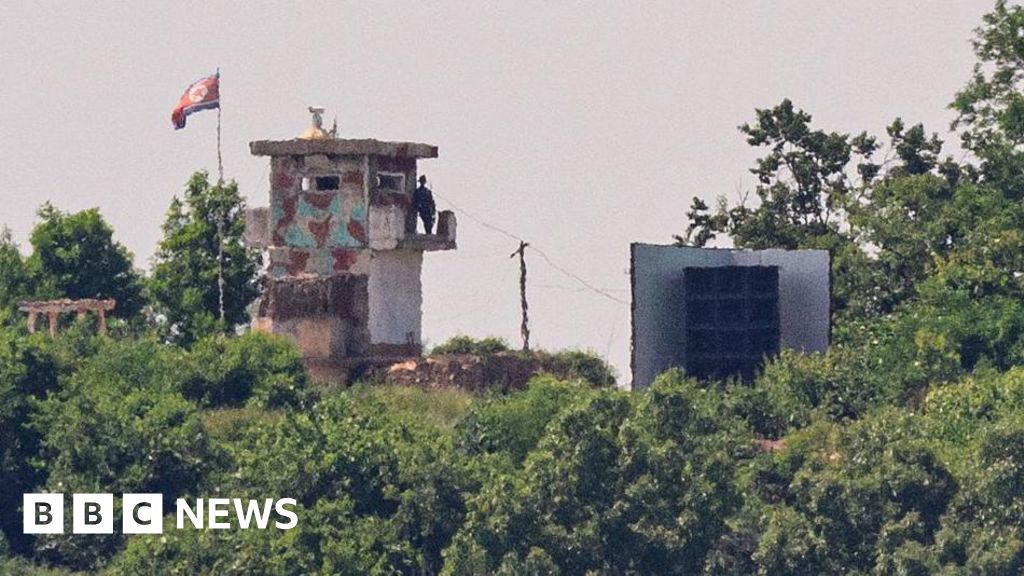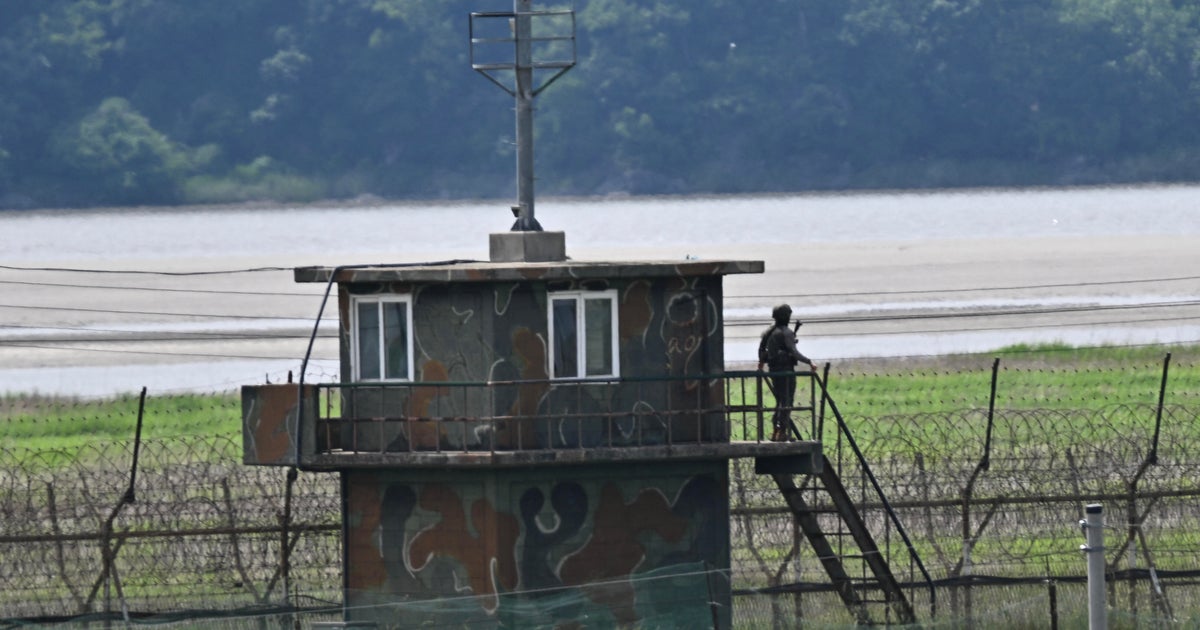North Korea Displays Military Might with New Missile Test
Introduction
North Korean leader Kim Jong Un has once again displayed his expanding military capabilities by supervising the test-firing of two types of new antiair missiles. This comes as the South Korean and U.S. militaries are carrying out joint drills, adding to the tension in the region.
Key Details
The test, which was reported by state media, proved the effectiveness of the new missiles and further solidified North Korea's position as a military power in the region. This test not only showcases the country's military advancements, but also serves as a reminder of their ongoing nuclear program.
In the past, North Korea has often used these types of military exercises to send a message to its adversaries, and this test is no different. As tensions between North Korea and the U.S. continue to rise, it is essential for us to closely monitor and analyze the implications of these military developments.
Impact
This latest display of military might by North Korea serves as a clear reminder that they are not to be taken lightly. With this test, Kim Jong Un is sending a message to the U.S. and its allies that they are capable of defending themselves against any potential threat.
This will undoubtedly have an impact on the already strained relations between the U.S. and North Korea, and it is crucial for the international community to carefully consider their
About the People Mentioned
Kim Jong Un
Kim Jong Un is the Supreme Leader of North Korea, having assumed power in December 2011 after the death of his father, Kim Jong Il. Born on January 8, 1983 or 1984, he is the third son of Kim Jong Il and Ko Yong-hui. Kim Jong Un was educated partly in Switzerland before returning to North Korea and being groomed for leadership, officially introduced to the public in 2010 as the designated successor[1][2][3][6]. Upon succession, Kim Jong Un inherited control over the world's fourth-largest military and a nuclear arsenal. Early in his rule, he consolidated power by purging rivals and reinforcing his authority within the Korean Workers’ Party and the military. By 2012, he held several key titles including first secretary of the Workers' Party, chairman of the Central Military Commission, and chairman of the National Defense Commission. In 2016, constitutional changes established the State Affairs Commission, headed by Kim, as the most powerful governing body in North Korea[3]. His leadership is marked by a policy known as *byungjin*, emphasizing simultaneous development of the economy and nuclear weapons. Under Kim, North Korea has conducted multiple nuclear and missile tests, escalating tensions internationally. However, he has also engaged in historic diplomacy, including summits with South Korean President Moon Jae-in and U.S. President Donald Trump in 2018, though relations remain strained[2][3]. Kim Jong Un maintains a highly secretive and authoritarian regime characterized by strict control over society and the suppression of dissent. Reports note his ruthless consolidation of power, including the alleged assassination of his half-brother Kim Jong Nam in 2017. His regime sustains a strong cult of personality similar to those of his predecessors[1][2][5]. Recently, Kim has participated in international diplomacy, including a visit to Russia amid ongoing global tensions. Despite these efforts, North Korea remains isolated, with ongoing sanctions and international scrutiny focused on its nuclear ambitions and human rights record[2].
About the Organizations Mentioned
North Korea's military
The **Korean People's Army (KPA)** is North Korea's military force responsible for the defense and projection of state power, with a focus on both conventional and asymmetric warfare capabilities. Established under Kim Il Sung, it has evolved into one of the world's largest standing armies, with approximately 1.2 million active personnel, including about 200,000 special operations forces, supported by millions in reserves and paramilitary units[4][6]. Historically, the KPA has been shaped by the Korean War's lessons, emphasizing large manpower reserves and layered defense. It operates under the Workers’ Party of Korea's (WPK) strict political control, reinforced by political commissars to ensure loyalty, with the military-first policy (*songun*) entrenched since the 1990s[4]. Under Kim Jong-un, the military's leadership was rebalanced to solidify party control and remove factions loyal to previous regimes, reflecting ongoing institutional shifts[4]. The KPA's ground forces, one of the largest globally, include armored corps such as the 820th Corps, equipped with indigenous tanks like the Cheonma-ho and Pokpung-ho, plus mechanized infantry and artillery units, capable of rapid breakthroughs and heavy firepower support[1][5]. The military also maintains a formidable special operations force tasked with reconnaissance, sabotage, and countering South Korean incursions, with around 100,000 troops in specialized brigades and battalions[6][7]. Technologically, North Korea has advanced its ballistic missile program significantly, developing a range of missiles that pose strategic threats regionally and globally, intended to deter U.S. intervention and compel diplomatic recognition of the regime's sovereignty[3][5]. Despite limited modernization compared to other countries, the KPA combines large-scale manpower, artillery dominance, and missile capabilities to maintain a credible deterrent. Currently, the KPA balances conventional threats with asymmetric tactics, political loyalty enforcement, and continuous organizational restructuring







